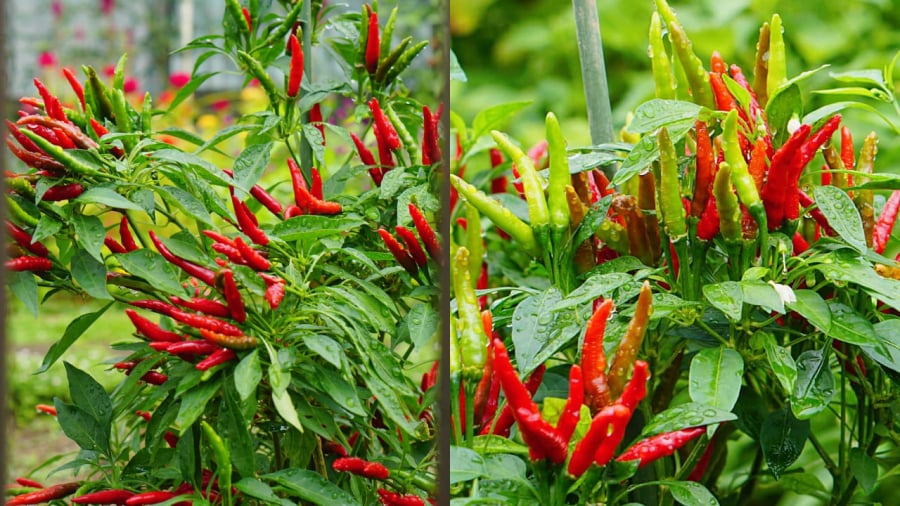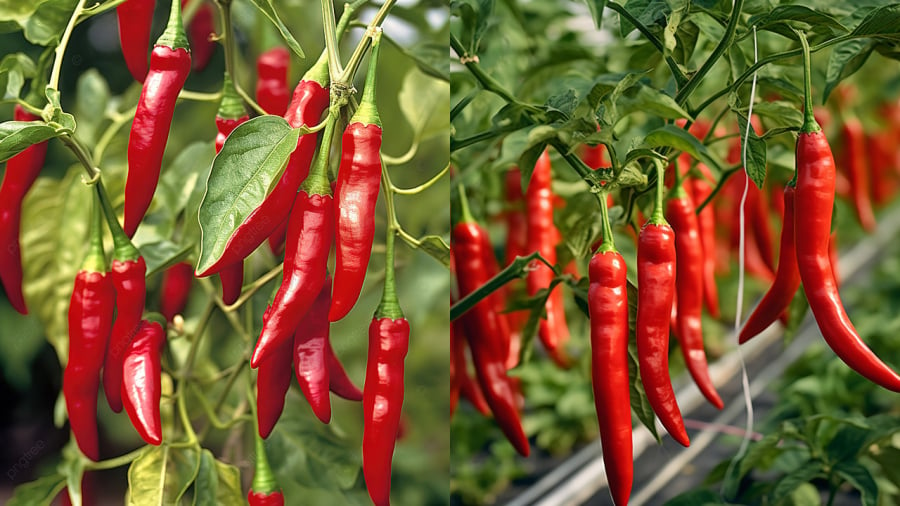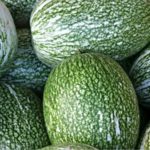The Chili Plant’s Unique Characteristics
The chili plant is a familiar sight in Vietnam, with a versatile nature that lends itself to various purposes. Chili plants are commonly grown in homes, either for their fruit or as ornamental plants, and are also cultivated on a larger scale for commercial purposes. The harvested chili peppers can be used fresh, dried, or processed into sauces and chili paste.
Not only are the fruits edible, but the leaves of the chili plant as well. Chili leaves have a mildly sweet and bitter taste with a strong aroma, devoid of the spiciness associated with the fruit. They are commonly used in soups and stews, adding a unique flavor and nutritional boost to the dish.
Chili plants are relatively easy to cultivate. When choosing a variety to grow, one has several options, including the popular bird’s eye chili, horn chili, finger chili, bird chili, bell pepper, and chili fruit.

Growing chili plants offers a dual benefit of harvest and improved feng shui.
Planting Chili Peppers for Prosperity
In the realm of feng shui, chili peppers are believed to embody a unique combination of spiciness and the absence of bitterness in life. The vibrant red color and plumpness of ripe chili peppers are considered symbolic of good fortune, prosperity, and vibrant energy.
According to folk beliefs, chili plants possess the power to ward off evil spirits, bringing peace and financial prosperity to the household.
Given these auspicious associations, homeowners are encouraged to cultivate chili plants indoors, in front of their homes, on balconies, or even on rooftops. This not only enhances the aesthetic appeal and purifies the air but also contributes to a positive energy flow within the living space.
It is important to note that chili plants thrive in environments with ample sunlight. Therefore, when grown indoors, they should be placed near windows or taken outside regularly to soak up the sun.
Cultivation Techniques for Chili Plants

Chili plants can be grown from seeds or purchased as seedlings.
To begin growing chili plants, select the desired variety and either source the corresponding chili peppers to extract the seeds or opt for ready-made seedlings from gardening stores. The ideal temperature range for chili plant growth is between 20-30 degrees Celsius, and they can be grown year-round, depending on the specific regional climate.
Chili plants favor loamy or clayey soils rich in organic matter. To enhance soil nutrition and drainage, consider incorporating organic fertilizer, coconut coir, or other suitable amendments.
Soak the chili seeds in warm water for 6-8 hours to expedite germination. After soaking, transfer the seeds to a moist towel and let them sit for another 4-5 hours. Once the seeds begin to crack, they are ready for planting.
Place the seeds in a seedling tray, cover them with a thin layer of soil, and moisten the soil with water. With regular care, seedlings will soon emerge.
Once the seedlings reach a height of approximately 10 cm, they can be transplanted into larger pots. Maintain a consistent watering schedule, aiming for at least once per day.
How to Grow and Care for Gold and Silver Plants at Home: Meaning and Images
Discover the mystical power of gold and silver trees and their unique significance in feng shui. Learn how to plant and care for these special plants in order to bring luck and prosperity into your life.
Tips for Picking Flavorful Hot Peppers Without Sampling
Discover how to select delicious chili peppers for your meals with these simple and easy tips!
2023 Lunar New Year Gift Ideas for Older Family and Friends
As 2021 approaches, families worldwide are gathering to celebrate the special bond between grandparents and their grandchildren. To show their love and admiration, these thoughtfully chosen gifts will bring a smile to the face of the elderly. Here, we have compiled a list of the 13 most meaningful Tet presents that can bring joy to our beloved grandparents.



































